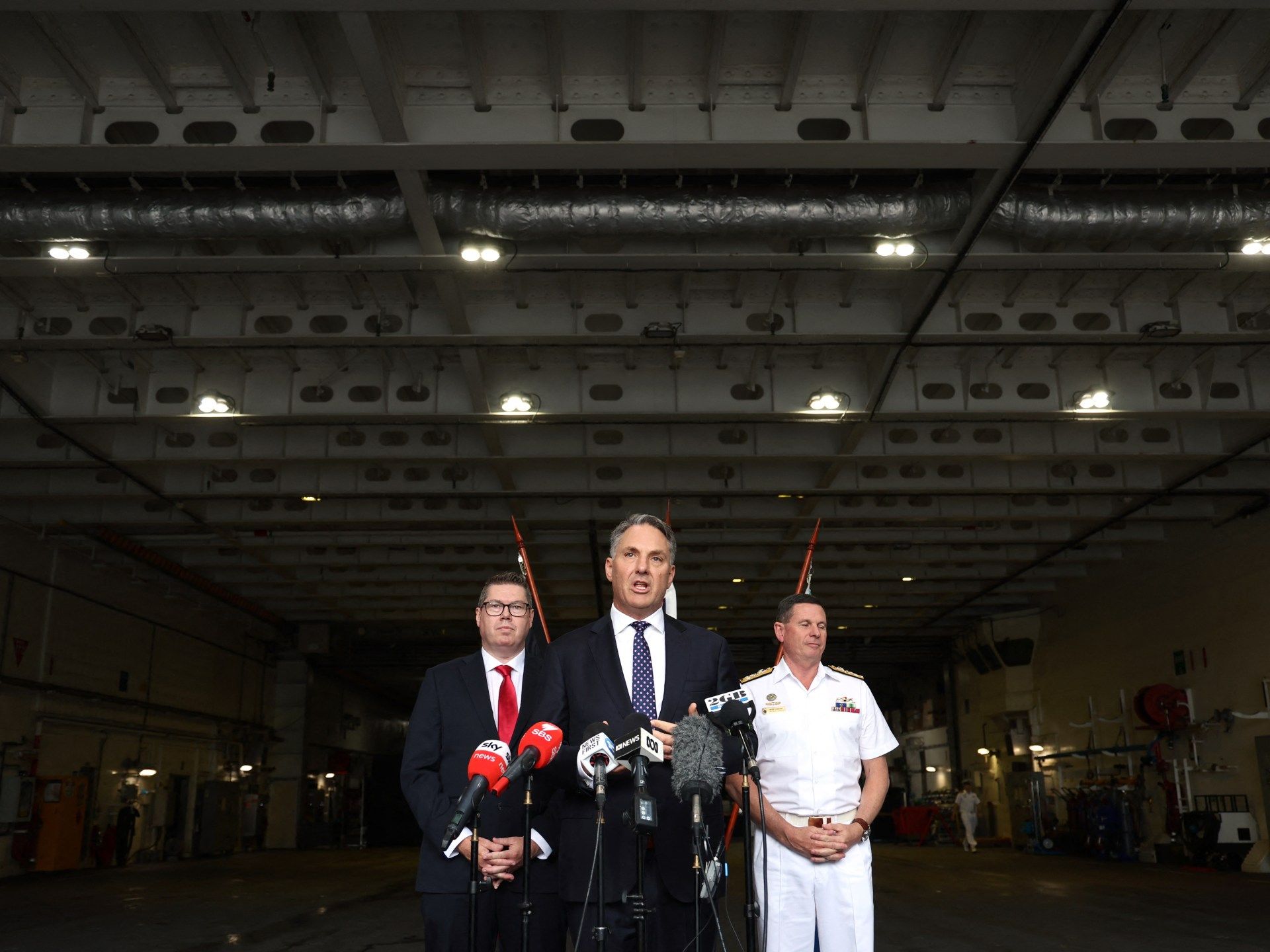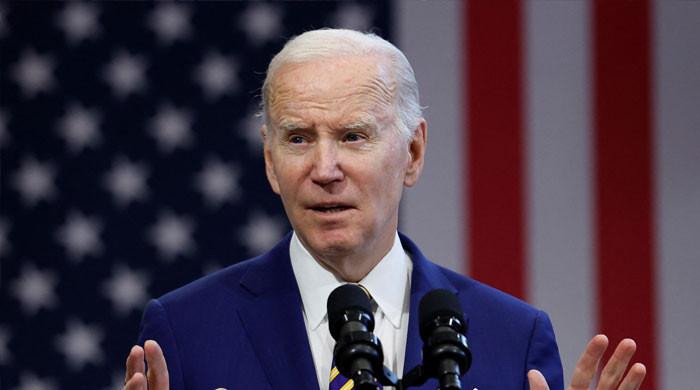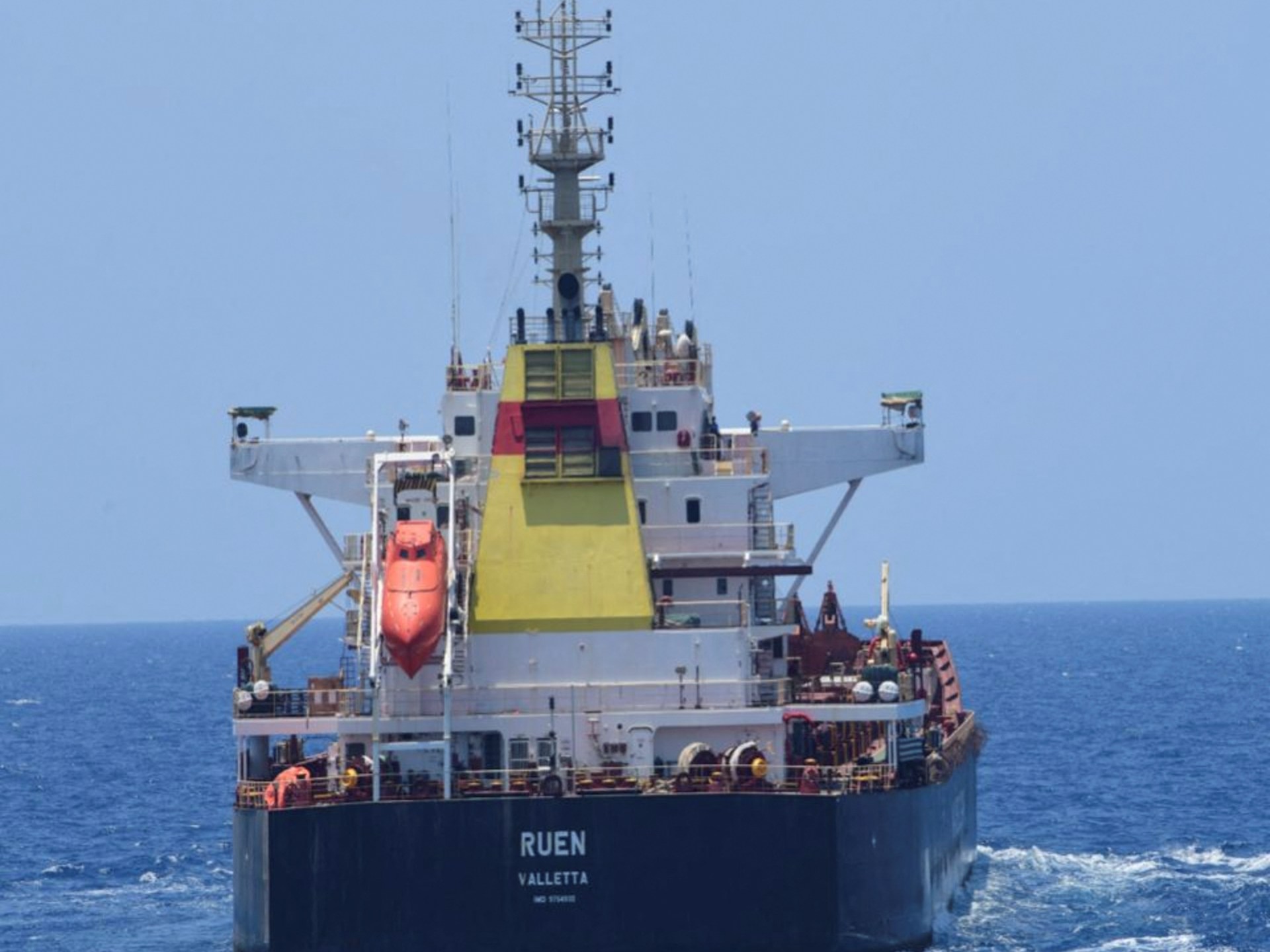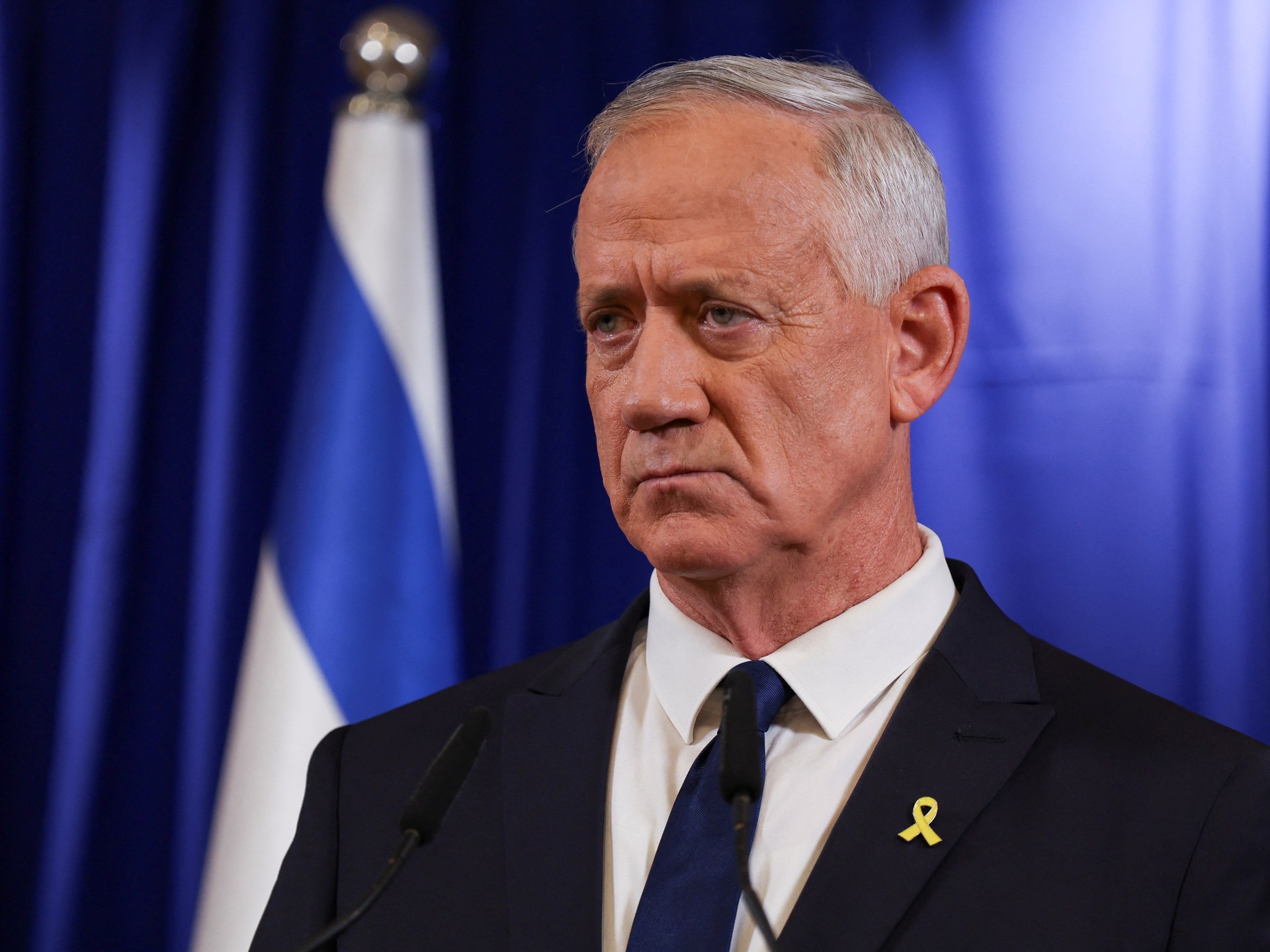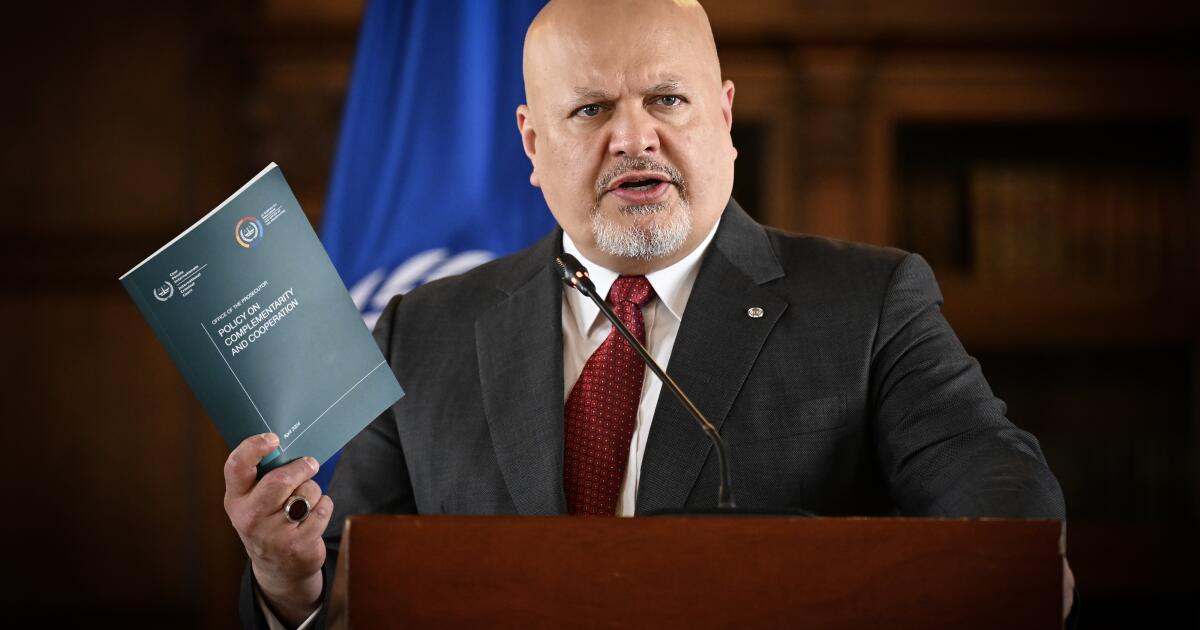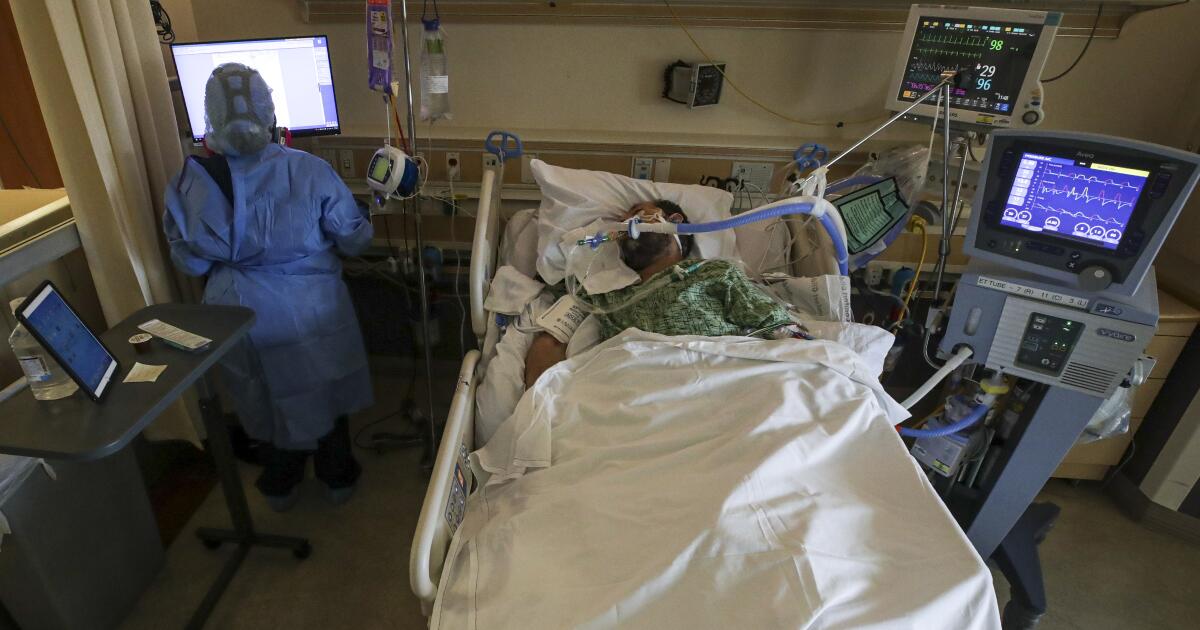The Defense Minister says the $7.25 billion plan will increase the Australian navy's surface combatant fleet from 11 to 26.
Australia has announced a decade-long plan to double its warship fleet and increase its defense spending by an additional 11.1 billion Australian dollars ($7.25 billion).
Defense Minister Richard Marles said Tuesday that the government's plan would eventually increase the Navy's surface combatant fleet from 11 to 26, the largest since the end of World War II.
He cited concerns about rising geopolitical tensions as competition between the United States, its allies and China intensifies in the Asia-Pacific region.
Under the new plan, Marles said Australia will get six Hunter-class frigates, 11 utility frigates, three air warfare destroyers and six state-of-the-art, crewless surface warships.
At least part of the fleet will be armed with Tomahawk missiles capable of conducting long-range strikes against targets deep in enemy territory, an important deterrent capability.
“It's the largest fleet we'll have since the end of World War II,” Marles told reporters.
“What is vitally important to understand is that, as we look forward, with an uncertain world in terms of great power competition, in the mid-2030s we will have a dramatically different capability than we have now,” he added. .
“That's what we're planning and that's what we're building.”
The minister said large optionally crewed surface ships (LSOVs), which can be operated remotely and are being developed by the United States, will significantly increase the navy's long-range strike capability.
The vessels could be added in the mid-2030s.
Australia will also take steps to accelerate the acquisition of 11 utility frigates to replace aging ANZAC-class ships, with the first three expected to be built overseas and enter service before 2030.
“This decision we are making now involves a significant increase in defense spending… and is necessary, given the complexity of the strategic circumstances facing our country,” Marles said.
The announcement, which comes amid Australian plans to acquire at least three US-designed nuclear-powered submarines, would see Canberra increase its defense spending to 2.4 percent of gross domestic product (GDP), above of the 2 percent target set by its NATO allies.
Experts say overall Australia is poised to develop significant naval capability.
But the country's major defense projects have long been plagued by cost overruns, government U-turns, policy changes and project plans that make more sense for local job creation than defense.
Michael Shoebridge, a former senior security official, told the AFP news agency that the government must overcome past mistakes and “has no more time to waste” as competition in the region intensifies.
Shoebridge said there should be a reduced procurement process; Otherwise, it will be a “familiar path that leads to delays, construction problems, cost increases and, in the end, ships entering service too late with systems that are overtaken by events and technological change.”
Courting specific voters with the promise of “continued shipbuilding” cannot be the priority, he said.
“This will only hinder the real priority: reversing the collapse of our navy's fleet.”

